How To Take Great Fall Photographs
These tips will prepare you for the most colorful time of the year.
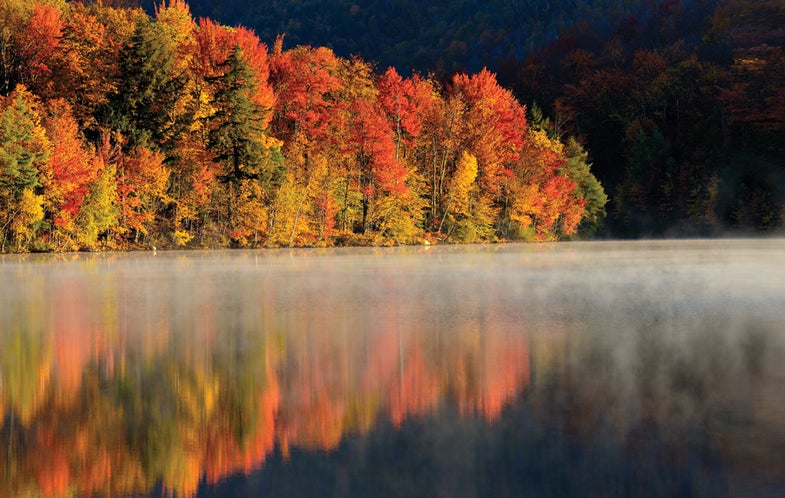
Whether you’re going out to shoot in a local park or taking a trip far from home, planning is the key to great autumn photography.
First, the basics: Don’t head out blind-check the internet for peak color in the area you’ll be photographing (www.fs.fed.us/news/fallcolors is a good resource), and check the weather forecast. Carry gear only for a single day, not the week. Arrive early and leave late. Keep your camera batteries charged, and carry extras.
Now, here are some of my favorite tips for this most colorful time of year.
1. Get The Classic Shot
Winding roads lined with flame-colored trees, old New England churches poised against azure skies, Colorado aspens glowing in late afternoon light. Sure, you could call them clichés, but these shots are classics for good reason: People love them. So don’t miss bagging the colorful scene right in front of you just because you’re obsessed with fi nding some new approach. The light early or late in the day is almost always best for timeless photos.
2. Just Add Water
At slow shutter speeds (1 sec or more) moving water blurs to silky smoothness. The foliage color reflected in it adds to the depth and richness of the photos. You’ll need a tripod to hold the camera steady, of course. In many instances, you may find the light too bright to set a slow shutter speed, even at your camera’s lowest ISO setting. A useful tool here is the Singh-Ray Vari-ND (neutral-density) filter, which lets you reduce exposure anywhere from 2 to 8 stops. These are expensive (starting at $340, street, depending on size), but you can economize by stacking a single-strength (3- or 4-stop) ND filter with a polarizing filter, which gives you 1 or 2 stops of increased density.
3. Use The Weather
If I had to wait for the weather to change, I’d never take any pictures. In the fall, use overcast days to shoot in deep woods-the cloud cover eliminates distracting shadows. If the sun is shining, use the early and late sun to backlight trees and create shadows for interesting effects. And never leave your polarizer at home-it works in any kind of weather.
4. Develop Tunnel Vision
Resist the urge to use wideangle focal lengths for all your autumn shots. I love shooting with supertelephotos of 400mm and 500mm to help isolate patterns, shapes, and colors in the forest. (If your DSLR has an APS-C sensor, focal lengths around 250 -350mm should work well.) For capturing wildlife set against the color of the trees, long lenses are indispensable. Tele zooms can be even more useful, allowing you to track an animal as it changes distance from the camera.
5. Look Down
This can be hard to do while walking around, taking in the glorious fall scenery, but you’ll be missing dozens of photo projects right at your feet. Most tripods today allow you to lower a camera to ground level to capture all sorts of still lifes. On an overcast morning, with the dew clinging to surfaces, your colors will really pop-set your white balance to Cloudy to avoid too-cool color casts.
6. Get Really Close
Now that you’re looking down, you may want to pack another piece of gear-a dedicated macro lens. Minitripods are great for getting to ground level, as are special accessories like the Kirk Low Pod ($150, street). Attach a ballhead to this neat device, grab the handle, a few kneepads, and a rightangle finder and go at it. Don’t have the funds for a macro lens, or just want to travel lighter? Canon makes frontmounting two-element close-up lenses that can turn your everyday zoom into an ad-hoc macro lens (starting from $75, street) . I use the Canon 500D Close-Up Lens on my 70-200mm f/2.8 AF Zoom-Nikkor with excellent results.
7. Make Abstracts
Here’s where you can really go beyond the classic fall shots. Look for bare trees against fuller backgrounds. Watch for reflections of sunlit trees in still waters. Try zooming during exposure, or making multiple exposures in the same frame, or using soft focus. Consider a slow exposure of leaves in circular motion in a pool of water. No matter what: Stay away from gaudy colors in postprocessing. I use Nikon Capture NX2 with Nik Color Efex Pro 3.0 to adjust saturation, and when the reds get too intense I back off. The rest of the colors will follow.
With this being the peak time of the year for fall color we want to see what you’re photography skills have to offer. Send us a hi-rez image of your best Fall photo and we will pick the best to appear in this gallery and you will have the chance to be spotlighted in our Photo of the Day section of the website. Please send your photo (1) to popphotofallfoliage@gmail.com.

Lars-van-de-Goor

Brent-Danley

Darren-Ryan
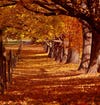
Frank-Ralph

Lei-Chen
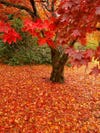
Stan

Stan2
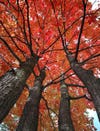
Dave-Kent

Christopher-A.-Kierkus

THE-ABSTRACT
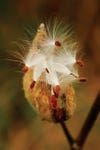
THE-CLOSE-UP
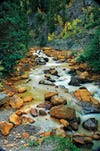
MOVING-WATER

Bad-Weather

THE-CLASSIC

John

Alberto-Kraier

Bert-E.-McConnell

Carolyn-Abell-Hodges

David-Fanelli

Janice-D-Huyvetter

Jimmy-Swanton

Joe-Brown

Richard-Seeley

Ronald-Baker

Ron-Fischer

Teresa-J.-Perdue